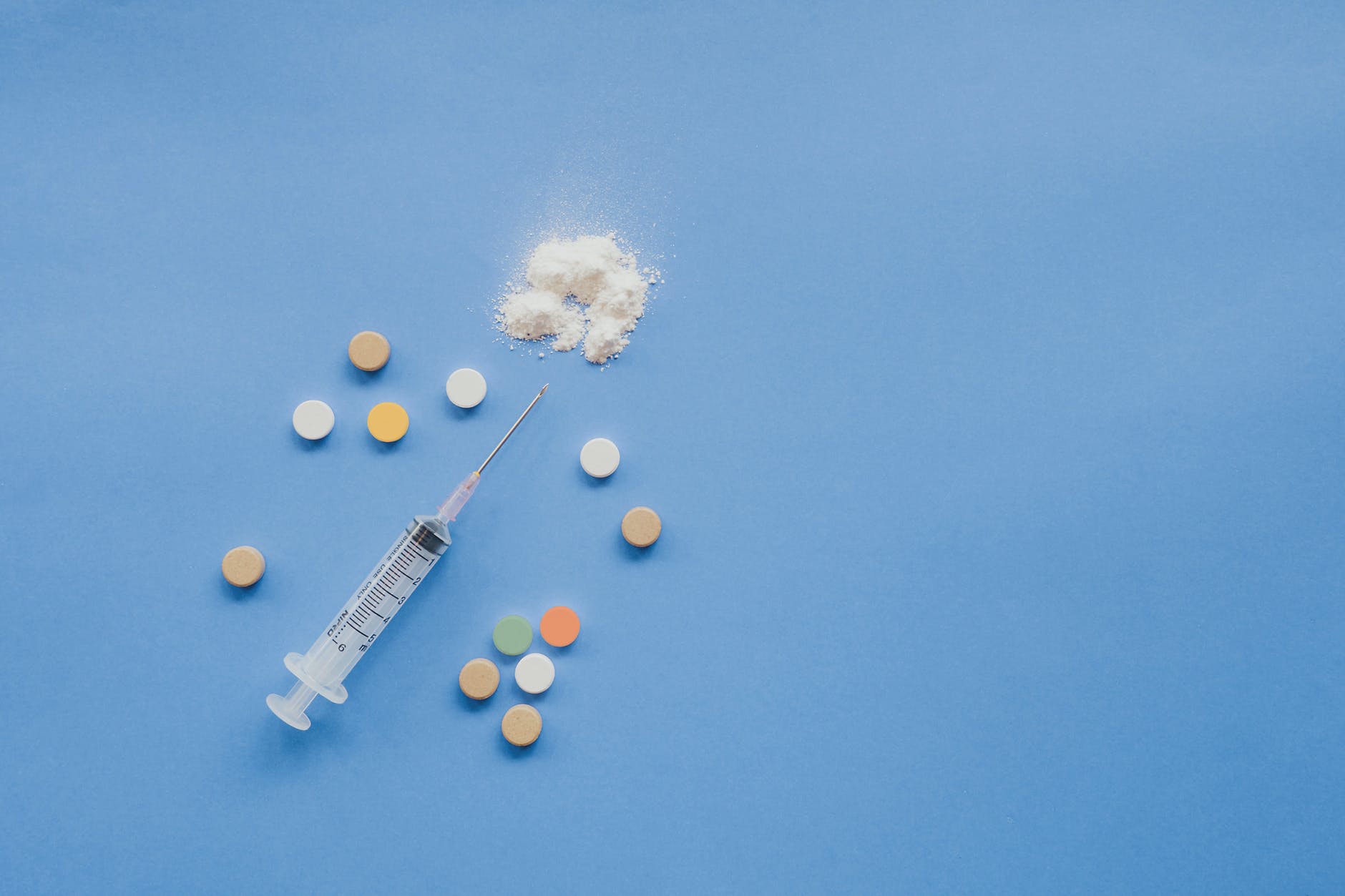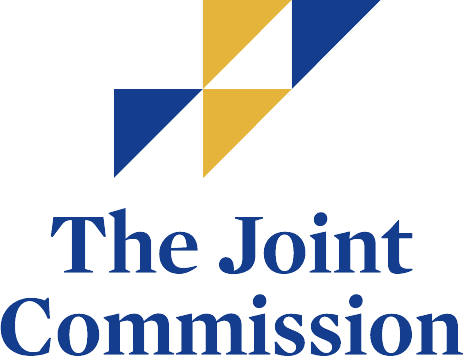In order to get individuals the help they need for an addiction, it is important to know exactly what type of drug or drugs they use. Just saying “illicit” or “recreational” or “prescription” isn’t enough; you must know the exact type of drug.
Drugs can be identified via a classification system that takes into account both the effect and specific properties of a drug. This classification system, which separates drugs into one of seven primary drug groups, helps facilities create customized detox and treatment plans for every individual that addresses his or her specific drug addiction.
Learn more about the seven primary types of drugs so you can properly communicate valuable information to a treatment facility that will help with your addiction recovery.
Drug Type No. 1 — Opioids/Opiates
While the intended purpose of opioids and opiates is to dull or relieve extreme pain, its ability to create feelings of euphoria makes it one of the most commonly abused drugs. Opioids and opiates trick the brain into producing higher amounts of chemical neurotransmitters. The increase in chemical neurotransmitters causes a person to experience the “high” sensation that is so addicting.
Some examples of opioids/opiates include:
- Fentanyl
- Hydrocodone
- Heroin
- Morphine
- Oxycodone
Opioids/opiates can be taken in a variety of ways including through an inhaler, oral pills, injections and patches.
Drug Type No. 2 — Stimulants
Stimulants take the central nervous system (which is responsible for controlling numerous systems of the body) and give it a jolt. The jolt speeds the central nervous system, which causes the body to experience sudden changes that include higher energy levels; heightened feelings of alertness; improved concentration levels; and increased breathing, heart rate and blood pressure.
Stimulants are available as prescription medication and illicit drugs. Some examples of stimulants include:
- Cocaine
- Methamphetamine
- Ritalin
- Ecstasy
- Adderall
Stimulants are usually consumed orally. However, many people will crush it into a powder then inject it or snort it as this can intensify the drug’s effects.
Drug Type No. 3 — Depressants
By slowing down the body’s central nervous system, depressants are able to create intense feelings of relaxation and calmness. The ability to sedate or relax the body is why many people commonly refer to depressants as “downers.”
Examples of depressants include:
- Barbiturates
- Ambien and other sedative-hypnotics often used as a form of prescription sleep aid
- Benzodiazepines such as Ativan and Xanax
- Alcohol
- GHB
- Some opioid-based pain medications
Drug Type No. 4 — Dissociatives
The brain is uniquely designed to process feelings of pain, emotions and cognition by creating a link between glutamate and receptors. When a strong link is formed, the brain is able to process what is really happening in the world. Certain drugs, known as dissociatives, can destroy that link in the brain. This can result in hallucinations, dulled perceptions of pain, or levels of awareness that are distortions of reality.
People whose reality is distorted because of dissociatives can find themselves in danger as they react impulsively and engage in risky behavior.
Examples of dissociatives include:
- Nitrous oxide — often consumed as an inhalant
- Dextromethorphan
- Ketamine
- Chloroform — in the form of an inhalant
Drug Type No. 5 — Hallucinogens
Hallucinogens severely alter a person’s perception of reality to create what is often considered to be a pleasurable experience. Individuals don’t just think they went through an experience, they actually do go through it as they experience firsthand intense emotions, auditory or visual disturbances, and distorted views that make the situation seem real.
Popular hallucinogens include:
- Psilocybin, which is sometimes called mushrooms
- DMT
- LSD
- Peyote
While most people say they have pleasurable experiences when taking hallucinogens, others do not. Some individuals can experience intense fear, panic and anxiety — which may cause them to feel distressed and scared.
Drug Type No. 6 — Anabolic Steroids
Anabolic steroids are very similar to stimulants because they can create feelings of stimulation, but they have one major difference — these drugs and substances are designed to build muscle, improve strength and increase physical performance. To create the desired changes to the body, anabolic steroids boost testosterone production while simultaneously increasing the central nervous system’s activity.
Examples of specific types of anabolic steroids include:
- Stanozolol
- Oxandrin
- Anadrol
- Durabolin
Drug Type No. 7 — Inhalants
Simple ordinary objects can turn dangerous when used as an inhalant. These products create an intoxicating fume or gas. When inhaled deeply — an action known as huffing — the fumes or gases can cause a person to go through a brief euphoric experience.
Almost anything that comes in a spray bottle or spray canister can be used as an inhalant.
Examples of inhalants include:
- Whipped cream canisters
- Nitrous oxide
- Markers, paint, glue and gas with a very strong fume
- Room deodorizers
- Canned air dusters
Help Is Available for Your Drug Addiction
While knowing what specific type of drug you or a loved one is addicted to can help with treatment, it ultimately doesn’t matter because all people — regardless of their drug or drugs of choice — who are suffering from a drug addiction need help. Take the first step to recovery by using the drug treatment and medical detoxification services offered at Buena Vista Recovery.
Combining drug treatment and medical detox, Buena Vista Recovery can help you or a loved one start the difficult process of addiction recovery. Get help by contacting Buena Vista Recovery to start the intake process or to learn more about the medical detoxification services.
You can contact us at (800) 922-0095, or visit any of our Arizona drug and alcohol treatment centers to start your recovery journey today.
CHANDLER
3033 South Arizona Avenue
Chandler, Arizona 85248
TUCSON
5151 East Pima Road
Tucson, Arizona 85712
SCOTTSDALE
8171 E Indian Bend Rd
Scottsdale, AZ 85250





